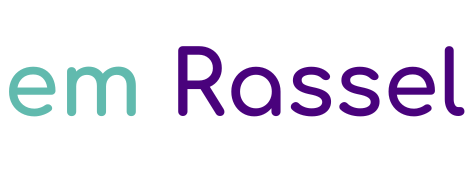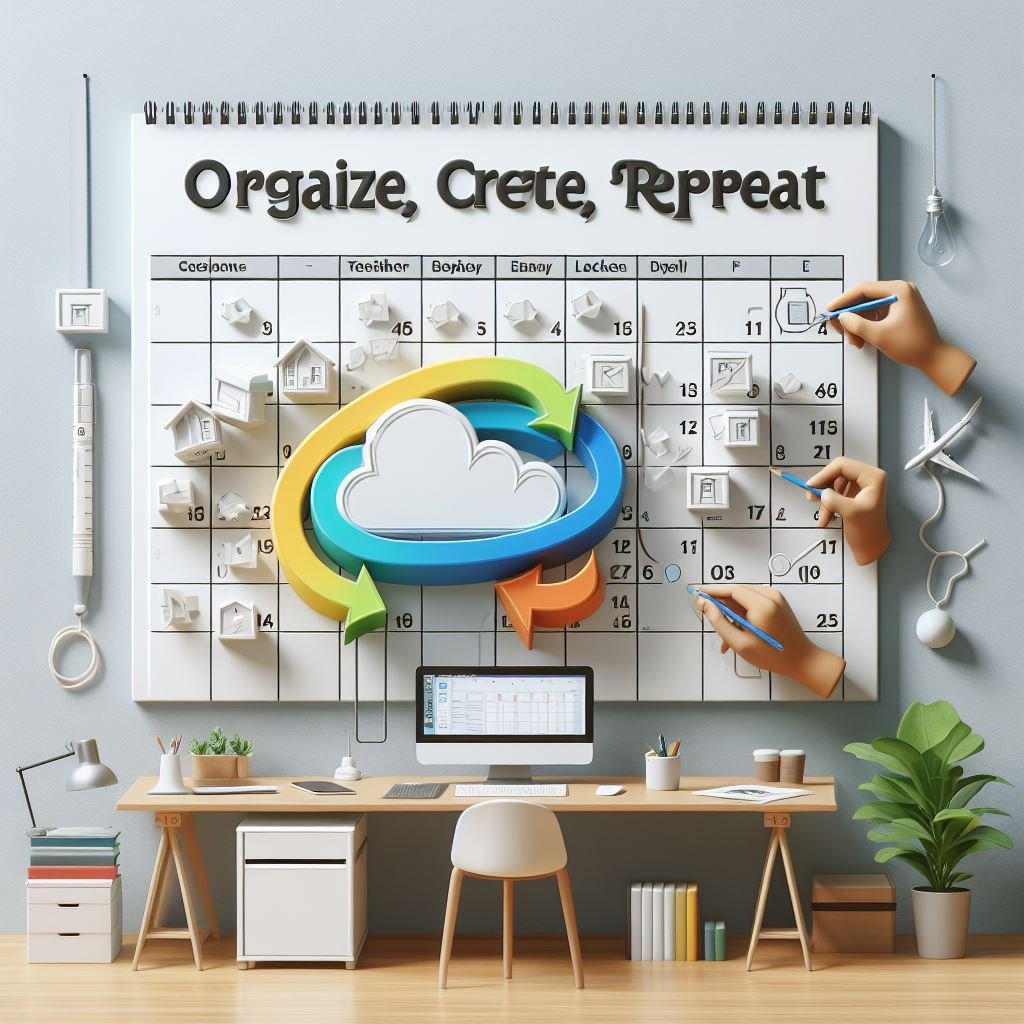Do you find yourself struggling to keep up with your content creation and publishing schedule? Are you constantly scrambling to come up with new ideas and wondering what to publish next? If so, it’s time to master the art of the content calendar. An organized and well-structured content calendar can be a game-changer for your content marketing strategy. It not only helps you stay consistent but also ensures that your content aligns with your overall goals and resonates with your audience.
What is a Content Calendar?
A content calendar is a tool that helps you plan, organize, and schedule your content in advance. It provides an overview of your content strategy, including the topics, formats, and publishing dates. With a content calendar, you can visualize your content pipeline, identify any gaps or overlaps, and ensure a consistent flow of content.
Why is a Content Calendar Important?
A well-executed content calendar offers numerous benefits:
1. Consistency
Consistency is key when it comes to content marketing. By having a content calendar, you can establish a regular publishing schedule and stick to it. This consistency helps build trust with your audience and keeps them engaged. It also allows you to plan ahead for holidays, events, or seasonal promotions, ensuring that you don’t miss any important opportunities.
2. Organization
A content calendar helps you stay organized and avoid last-minute content creation panic. By planning your content in advance, you can allocate resources, assign tasks, and gather any necessary materials or information. This level of organization saves you time and stress, allowing you to focus on creating high-quality content.
3. Theme and Goal Alignment
A content calendar enables you to align your content with your overall themes and goals. By mapping out your content in advance, you can ensure that each piece of content contributes to your larger strategy. This alignment helps maintain a cohesive brand voice and message, making it easier for your audience to understand and connect with your content.
4. Seasonal and Timely Content
With a content calendar, you can plan and create content around specific seasons, holidays, or events. By aligning your content with these timely topics, you can tap into the interests and needs of your audience at that particular moment. This approach not only helps you stay relevant but also increases the chances of your content being shared and discovered.
How to Create a Content Calendar
Now that you understand the importance of a content calendar, let’s dive into how to create one:
1. Define Your Goals and Themes
Start by defining your content marketing goals and themes. What do you want to achieve with your content? Who is your target audience? What topics or themes are relevant to your brand? By answering these questions, you can establish a clear direction for your content calendar.
2. Choose Your Calendar Format
There are various calendar formats you can use, depending on your preference and needs. You can opt for a simple spreadsheet, a project management tool, or a dedicated content calendar software. Choose a format that works best for you and your team.
3. Brainstorm Content Ideas
Get your team together and brainstorm content ideas. Consider your audience’s pain points, frequently asked questions, or trending topics in your industry. Aim for a mix of evergreen content and timely pieces to keep your calendar diverse and engaging.
4. Plan Your Publishing Schedule
Once you have your content ideas, start planning your publishing schedule. Assign specific dates and times for each piece of content. Be mindful of any important dates, events, or holidays that you want to align your content with.
5. Create a Workflow
Establish a workflow for creating and publishing your content. Define who is responsible for each task, set deadlines, and create a system for reviewing and approving content. This workflow ensures that everyone is on the same page and helps streamline the content creation process.
6. Monitor and Adjust
A content calendar is not set in stone. It’s important to regularly monitor your content performance and make adjustments as needed. Analyze your metrics, listen to your audience’s feedback, and adapt your content strategy accordingly.
Conclusion
A well-organized content calendar is an essential tool for any content marketer. It helps you stay consistent, organized, and aligned with your goals and themes. By mastering your content calendar, you can create a well-structured publishing schedule that resonates with your audience and drives results. So, start organizing, creating, and repeating your way to content marketing success!


